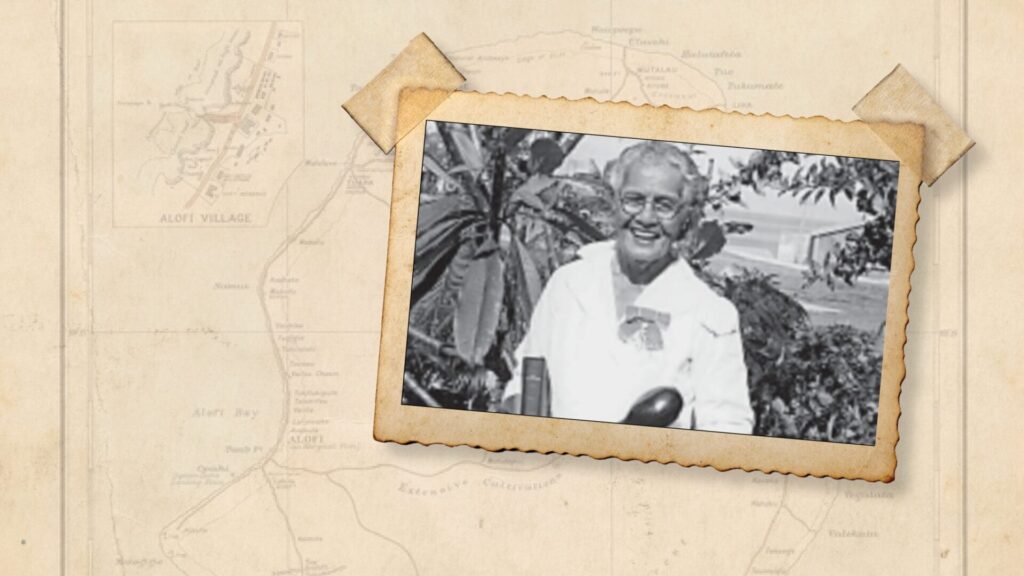A recently discovered diary opens a bright new window of understanding into the important role women took in planting the Seventh-day Adventist Church in Australia.
The diary was kept by 42-year-old American Julia Ann Corliss, a professionally qualified teacher who actively worked alongside her evangelist husband John in planting the church in Melbourne in late 1885. Mother to a then eight-year-old daughter and a three-year-old son, Julie had to quickly cope with hearing new accents, learning a new culture, keeping up with cooking, heaps of family washing that wouldn’t dry, ironing and constantly moving house around the inner suburbs of Melbourne.
But Julia also took time to visit homes in her neighbourhood, handing out copies of Signs of the Times, inviting people to meetings and engaging her neighbours in conversation about the end-times and the hope of Jesus’ return. She distributed Signs on street corners and canvassed homes for subscriptions, and met with interested non-Adventist groups. She was highly visible at the evangelistic meetings in the Temperance Hall on Church Street in North Richmond and in the evangelistic tent her husband pitched in several suburbs of Melbourne. She would attend Bible readings with groups of women and then host newly-interested people in her home, including providing them with meals in her home. Because she was a professional woman and her husband had previously had business experience, the couple attracted people from a professional background to their meetings and into this new church plant. And those interested people involved their relatives and their friends and the church grew quickly.
Julia’s diary indicates it was not an easy life. She talks of the lengthy preparation for the journey from San Francisco and the journey itself. The family arrived in July and it was cold and wet and the houses were not heated. She had been seasick much of the trip and had lost considerable weight. She cooked potatoes over the grate in the sitting room in her first house while waiting for a proper cookstove to be installed. She then shifted house five times in the space of the first six months, following her husband’s meetings around the inner suburbs of Melbourne. Each time there was extensive house-hunting in the new location then pulling up carpets, putting up curtains, spending a day or two cleaning the new house after the exit of previous messy tenants and arranging her furniture to create an attractive home to which she could comfortably invite visitors.
Julia also tells us what her husband preached about. His first evangelistic sermon was on Daniel 11, Armageddon and the fall of Turkey—then a very hot-button news item. She reports the excitement of the first baptisms a few months later on January 2, 1886 and then a string of baptisms quickly followed. She reports the formal organising of the new members into the first church. Charter members of this new church plant walk through her diary as new friends. She also talks of disappointments, with folk who find the journey to new faith too daunting and become discouraged. Her diary provides insight into the burnout her husband suffered, his decision to return to America, and the anguish the family and the new members experienced over this.
Julia’s diary begins in 1863 in the midst of the Civil War, tells of her becoming a Sabbath keeper in 1865, her marriage in 1868 and stretches across many years with some breaks to the end of 1908 when she is back in Mountain View, California, working alongside her husband. The diaries are currently being processed at the Center for Adventist Research at Andrews University but at least two of the volumes have particular interest for the South Pacific.
Julia gives a distinctly feminine perspective on the planting of Australia’s new church. Later, during a second visit to Australia in the mid-1890s, she would take an even more active role in church planting and would lead out in drawing many new disciples into the fellowship of the church. She became a preacher, gave Bible studies and became involved in an active ministry to the poor and suffering at a time of great economic distress in Australia. Ellen White would say in 1895 that women such as Julia Ann should be set apart to such gospel ministry. Her 90-page diary for 1885-1887, telling of her first years in church planting in Australia, helps us to understand why.
Gil Valentine is adjunct professor at La Sierra University’s School of Education.






